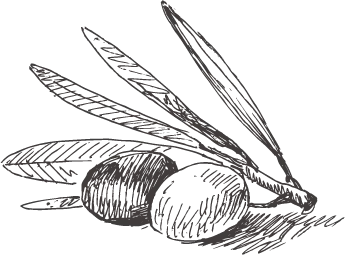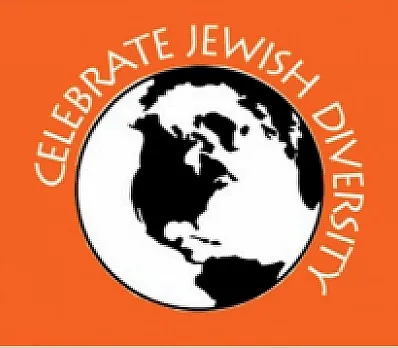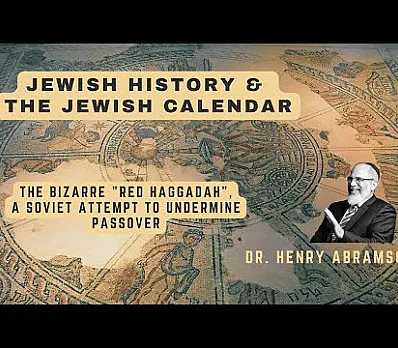The Olive on the Seder Plate

The olive tree is one of the first plants to be mentioned in the Torah, and is among the oldest species in Israel/Palestine. It has become a universal symbol of peace and hope, associated with the dove in the story of Noah's ark and the flood.
We have added an olive to the Seder plate because we know that for slavery to be truly over, for a people to be truly free, we must know that we can feed ourselves and our children, today, tomorrow, and into the following generations. In the lands of Israel and Palestine, olive groves provide this security. When olive groves are destroyed, the past and future is destroyed. Without economic security, a people can much more easily be conquered or enslaved.
And so this year, we eat an olive, to make real our understanding of what it means each time a bulldozer plows up a grove. Without the taste of olives, there will be no taste of freedom. We eat this olive in sorrow, mindful that olive trees, the source of livelihood for Palestinian farmers, are regularly chopped down, burned and uprooted by Israeli settlers and the Israeli authorities.
(Distribute olives around the table.)
As we eat now, we as, one another: How will we as Jews bear witness to the unjust actions committed in our name? Will these olives inspire us to be bearers of peace and hope together with Palestinians, and with all those who are oppressed?
Inspired to create
your own Haggadah?
Make your own Haggadah and share with other Seder lovers around the world
Have an idea
for a clip?
People like you bring their creativity to Haggadot.com when they share their ideas in a clip
Support Us
with your donation
Help us build moments of meaning and connection through
home-based Jewish rituals.
OUR TOP CONTRIBUTORS
Passover Guide
Hosting your first Passover Seder? Not sure what food to serve? Curious to
know more about the holiday? Explore our Passover 101 Guide for answers
to all of your questions.






















